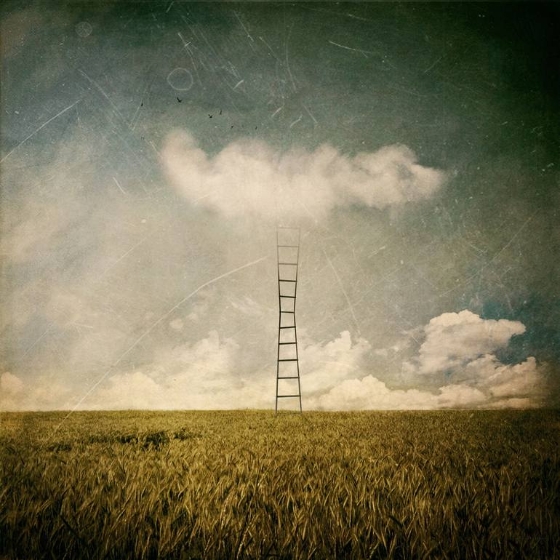“There’s a lady who’s sure all that glitters is gold
And she’s buying a stairway to heaven.
When she gets there she knows, if the stores are all closed
With a word she can get what she came for.
Ooh, ooh, and she’s buying a stairway to heaven.
There’s a sign on the wall but she wants to be sure
‘Cause you know sometimes words have two meanings.
In a tree by the brook, there’s a songbird who sings,
Sometimes all of our thoughts are misgiving.
Ooh, it makes me wonder,
Ooh, it makes me wonder.
There’s a feeling I get when I look to the west,
And my spirit is crying for leaving.
In my thoughts I have seen rings of smoke through the trees,
And the voices of those who stand looking.
Ooh, it makes me wonder,
Ooh, it really makes me wonder.
And it’s whispered that soon, if we all call the tune,
Then the piper will lead us to reason.
And a new day will dawn for those who stand long,
And the forests will echo with laughter.
If there’s a bustle in your hedgerow, don’t be alarmed now,
It’s just a spring clean for the May queen.
Yes, there are two paths you can go by, but in the long run
There’s still time to change the road you’re on.
And it makes me wonder.
Your head is humming and it won’t go, in case you don’t know,
The piper’s calling you to join him,
Dear lady, can you hear the wind blow, and did you know
Your stairway lies on the whispering wind?
And as we wind on down the road
Our shadows taller than our soul.
There walks a lady we all know
Who shines white light and wants to show
How everything still turns to gold.
And if you listen very hard
The tune will come to you at last.
When all are one and one is all
To be a rock and not to roll.
And she’s buying a stairway to heaven.”
 Take Me Home, photo by Michael Vincent Manalo
Take Me Home, photo by Michael Vincent Manalo
Stairway to Heaven is a song by the English rock band Led Zeppelin, released in late 1971. It was composed by guitarist Jimmy Page and vocalist Robert Plant for the band’s untitled fourth studio album (often referred to as Led Zeppelin IV). It is often referred to as one of the greatest rock songs of all time.
The recording of “Stairway to Heaven” commenced in December 1970 at Island Records’ new Basing Street Studios in London. The song originated in 1970 when Jimmy Page and Robert Plant were spending time at Bron-Yr-Aur, a remote cottage in Wales, following Led Zeppelin’s fifth American concert tour. According to Page, he wrote the music “over a long period, the first part coming at Bron-Yr-Aur one night”. Page always kept a cassette recorder around, and the idea for “Stairway” came together from bits of taped music.
The lyrics of the song reflected Plant’s current reading. The singer had been poring over the works of the British antiquarian Lewis Spence, and later cited Spence’s Magic Arts in Celtic Britain as one of the sources for the lyrics to the song.
To watch the movie clip of this song, please take a look at The Genealogy of Style‘s Facebook page: https://www.facebook.com/pages/The-Genealogy-of-Style/597542157001228?ref=hl







































